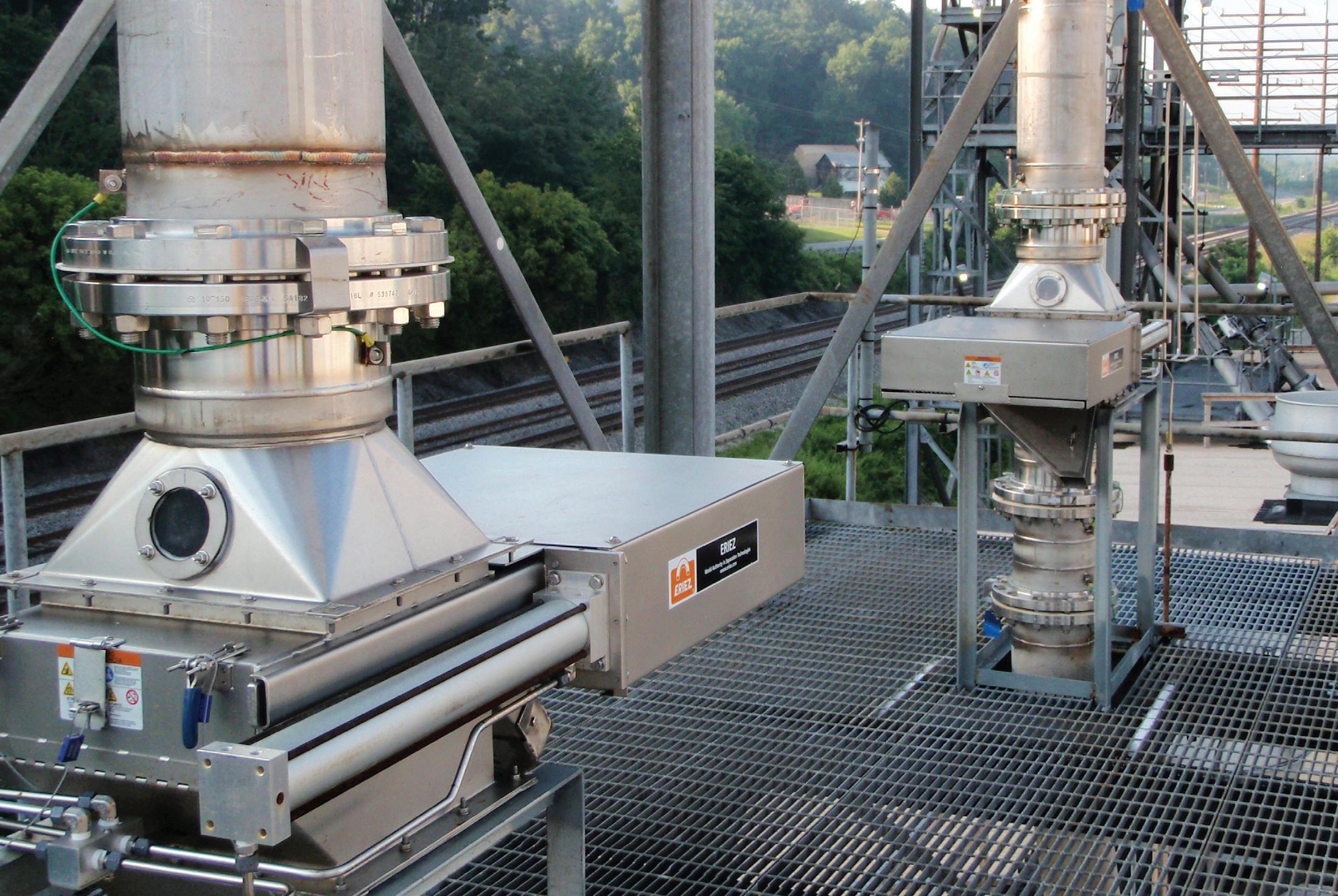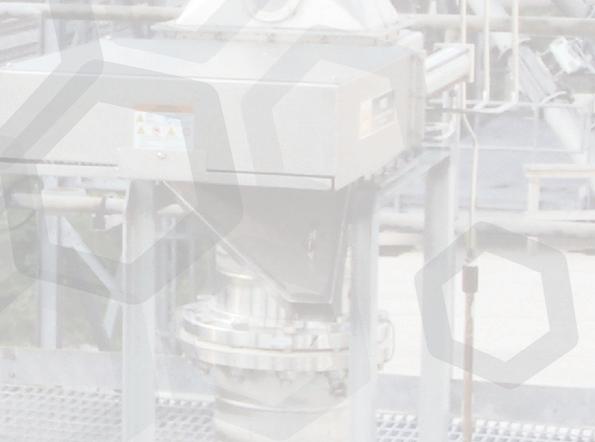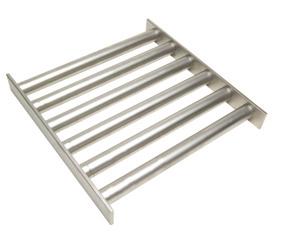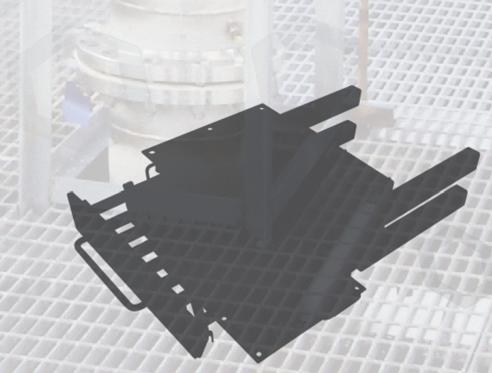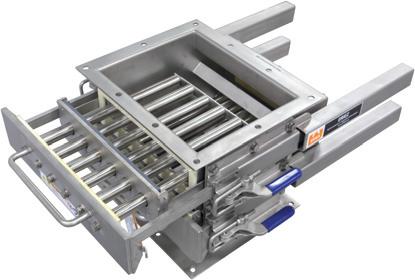
2 minute read
How to ensure your process is free of metal contamination
Employing Eriez powerful magnetic separators for ferrous contaminants and metal detectors for both ferrous and non-ferrous metals ensures your product is free of dangerous tramp metals. Regardless of your process and material, Eriez offers a solution for gravity, conveyed, pneumatic or liquid line flows. Below are several factors to consider when choosing a magnetic separator for your food application.
Temperature: Permanent magnetic materials lose strength when exposed to elevated temperatures. Some losses are reversible, so that when the temperature is returned to normal, the magnetic strength returns. Depending on the specific material, permanent magnets heated beyond certain temperatures may also suffer irreversible loss—a reduction in strength that cannot be recovered by cooling. When specifying a magnet application, it is important to note the ambient as well as any clean-in-place (CIP) temperatures to ensure a proper magnet design suitable for long-term separation performance.
Flow rate: Magnetic separators perform best when the contamination is presented to the surface of the separator. It is best to select a magnetic separator configuration that provides for a thin “burden depth” or thickness of the material layer over or under the magnet to ensure the magnet will havethe best opportunity to capture the ferrous contamination.
Flow characteristics: Many products exhibit different flow characteristics when damp or moist. Are there large chunks that may plug an opening or gap in the separator? Will the product flow freely through the selected magnetic separator? For example, brown sugar with any significant moisture content will not flow between the tubes in a grate magnet assembly, although they may be positioned only 1 inch apart.
Process issues: How will the material be presented to the separator? Is the material metered or do you need to handle surge flow? Can the system be stopped for cleaning or is a selfcleaning magnet required? Is access available for cleaning? Is there ferrous material in the area that may create a hazard for magnet handling? How much contamination is to be removed? And finally, what level of product purity is required?
Understanding these considerations will help select the appropriate equipment to ensure your process is free of metal contamination.


